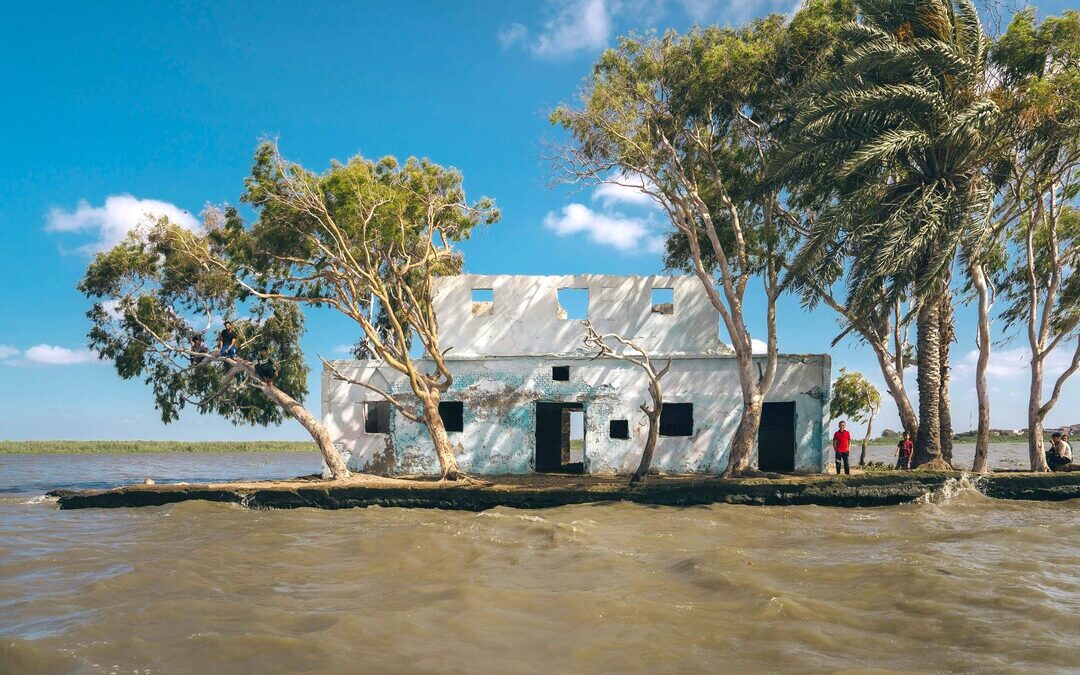New Global Model Reveals How 13M Farmers Could Respond to Sea Level Rise
Global model shows how rising seas may force millions of coastal farmers to adapt, migrate or face losses.
A new global model developed by researchers in the Netherlands suggests that millions of coastal farmers may soon face stark choices as rising seas threaten farmland worldwide: adapt, migrate, or face mounting losses.
Unveiled Thursday at the European Geosciences Union General Assembly in Vienna, the DYNAMO-M model simulates how 13 million farming households could respond to escalating coastal flooding and saltwater intrusion caused by climate change through 2080.
Created by scientists at the Institute for Environmental Sciences at Vrije Universiteit Amsterdam, the model forecasts behaviour at the household level, using decision-making algorithms grounded in economic theory.
It accounts for key variables such as crop yields, adaptation options and financial pressures, tracking the fates of 23 major food crops in flood-prone regions.
“Rising seas are forcing a decision: stay, adapt, or migrate,” said lead researcher Kushagra Pandey. “Our model captures that dilemma at a global scale, year by year.”
Regions identified as particularly vulnerable include parts of the United States — Florida, New York and Oregon — and coastal zones in Japan, China, the Philippines and Italy.
Many of these areas lie within so-called 1-in-100-year floodplains, where extreme flood events are increasingly likely.
Evidence from Mozambique Shows the Costs of Inaction
A related case study in coastal Mozambique, using the same DYNAMO-M framework, highlights the high stakes for farming communities.
The model, along with a salinization module, projects how rising sea levels could reduce crop yields through increased soil salinity, slashing annual farm income and threatening household stability.
Under high-emissions scenarios, or RCP8.5, annual losses for Mozambique’s coastal farmers could reach up to $12.5 million from salt intrusion and as much as $1.2 billion from flooded buildings by 2080.
While sorghum appears relatively resilient, rice farmers may lose up to $4,000 annually. Medium-sized farmers with 1–5 hectares are shown to be particularly vulnerable, lacking the financial capacity to adapt but still facing sizable exposure.
Adaptation rates vary, with 15-21 percent of households adopting measures such as salt-tolerant crops or raising homes.
Still, the model projects that 13-20 percent of the region’s 350,000 coastal farming households may be forced to migrate inland despite their efforts to adapt.
Policy Tools May Curb Migration, Boost Resilience
Globally, the researchers found that modest policy interventions, such as crop insurance or adaptation subsidies, can significantly improve farmers’ ability to stay in their current positions.
“Small subsidies can significantly enhance adaptive capacity and reduce migration driven by sea-level rise,” Pandey said.
The findings offer new insights for policymakers, insurers and development agencies grappling with climate change’s impact on food systems and rural communities.
The researchers say DYNAMO-M could help governments anticipate migration patterns and design more effective support for at-risk farmers.
The EGU General Assembly is one of the world’s largest scientific conferences focused on Earth, planetary and space sciences, drawing more than 18,000 scientists from around the globe.
Also Read:
Global Insured Losses from Natural Disasters May Hit $300B, Swiss Re Warns
Nirmal Menon
Related posts

Subscribe
Error: Contact form not found.


